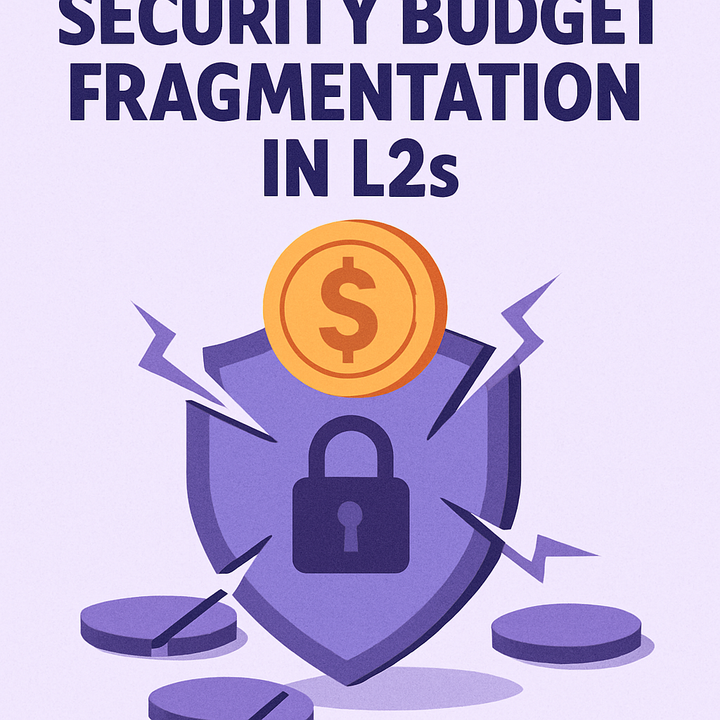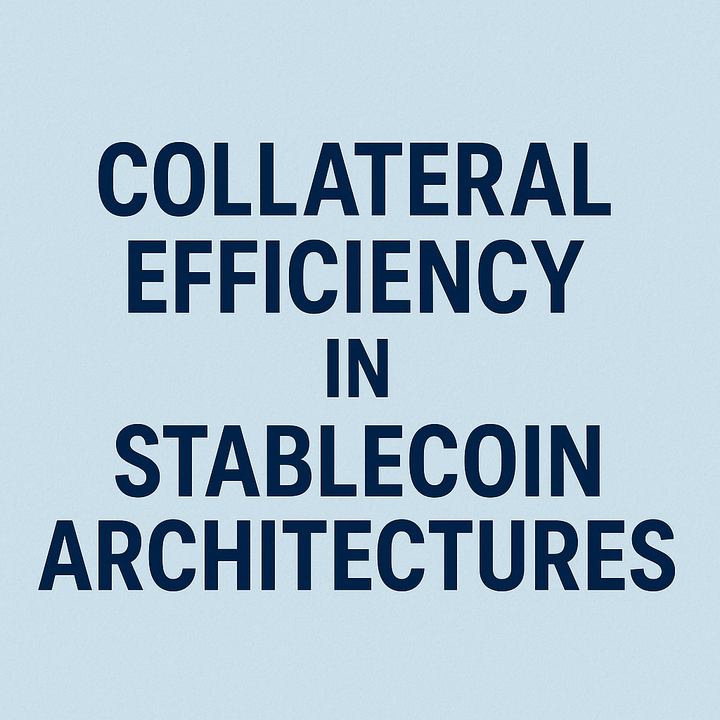New Horizons for ZK: How Zero-Knowledge Proofs Are Transforming DeFi and GameFi

Zero-Knowledge proofs (ZK proofs) have long been a niche technology used primarily for privacy. However, in the last two years, they have begun to play a much more important role, both in scaling blockchains and in building trusted computing. ZK’s potential is especially evident in two areas: decentralized finance (DeFi) and the Web3 gaming economy (GameFi). These areas are enabling new architectural models and mechanisms that would not be possible without ZK.

ZK’s Breakthrough in DeFi: Beyond Privacy
Today, most DeFi protocols operate on open logic: every transaction, calculation, or state change is fully visible and confirmed on the network. But as the number of users and the complexity of applications grows, this becomes a bottleneck. ZK proofs allow the correctness of calculations to be proven without having to repeat them on a smart contract. This transforms the approach to system design.
Thus, instead of processing each action on-chain, it is possible to perform calculations off-chain and publish only the final proof. As a result, the load on the network is reduced, the cost of transactions is reduced, and user privacy is increased.
Flexible scenarios also appear, where it is possible, for example, to check the creditworthiness of a user without disclosing their full financial portfolio.
Of particular interest are ZK platforms that allow proving the correctness of arbitrary programs, including complex algorithms related to risk assessment, liquidity aggregation, or derivatives management. Such approaches are being used in new waves of DeFi protocols with adaptive logic based on user behavior analysis.

ZK in GameFi: provable fairness and interactivity
GameFi games face a unique problem: they need to simultaneously ensure decentralization and fairness of the gameplay, but at the same time not overload the blockchain with millions of small transactions.
The traditional approach requires placing all the game logic in smart contracts, which is expensive and inefficient. ZK offers an alternative.
Game logic can be executed off-chain, but its results can be proven using a ZK primitive (e.g. zkVM). This means that any game move, action, or battle between users can be formally verified on the blockchain — without having to disclose the full data. Such technologies open the way to truly “on-chain” games with a high level of interactivity and without trusting the server.
One of the key scenarios is private turn-based games, where players do not reveal their actions until the end of the turn, but can prove that their move was valid according to the rules. Another is using ZK to generate fair random events, without having to turn to external oracles.

Where new ZK applications are already working
The development of zkRollups and zkVM solutions makes the technology accessible to a wide range of developers. Projects like Scroll, Starknet, Risc Zero, and Axiom provide tools that allow not only to scale the network, but also to build applications with provable computation.
GameFi ecosystems are already testing ZK mechanics in NFT games and RPG apps. DeFi is seeing markets emerge where orders, positions, and conditions are private but verifiable.
ZK Use Cases Unlocked for DeFi and GameFi
|
Use Case |
Description |
Impact |
|
Off-chain
Computation with On-chain Proofs |
Heavy
DeFi or game logic is executed off-chain, and a Zero-Knowledge proof is
submitted on-chain to verify correctness. |
Reduces
gas costs and increases scalability without compromising security. |
|
Private
User States |
In
DeFi, ZK allows users to interact with protocols (e.g., lend, borrow, swap)
without revealing wallet balances or strategies. |
Preserves
user privacy while maintaining trustless interactions. |
|
ZK-Rollups
for Financial Operations |
DeFi
transactions are batched and verified through zk-SNARKs or zk-STARKs instead
of executing each one on L1. |
Enables
high-throughput, low-cost DeFi infrastructure. |
|
ZK-powered
PvP in Games |
Players
take actions privately (e.g., move cards or troops), and provide ZK-proofs to
validate moves without revealing strategy. |
Ensures
fairness in competitive gameplay while enabling secret tactics. |
|
Provable
Randomness |
Random
game outcomes (e.g., loot boxes, dice rolls) are generated off-chain and
proven valid using ZK-proofs. |
Prevents
manipulation by game operators or players, enabling transparent and fair
rewards. |
|
Cross-chain
Communication via zkBridges |
State
from one blockchain (e.g., asset balances, game progress) is proven and
verified on another chain using succinct ZK-proofs. |
Enables
secure and decentralized bridging without trusted intermediaries. |
|
DeFi
Access Control via ZK |
Smart
contracts verify eligibility (e.g., trading limits, whitelisting) based on
ZK-proofs rather than public data. |
Enhances
compliance and access control without exposing sensitive user information. |
|
ZK-based
Account Abstraction |
Wallet
logic, permissions, or interactions are proven using ZK, enabling flexible
and programmable account behavior. |
Supports
advanced user experiences and identity models in both DeFi and GameFi
environments. |
What does this mean for developers and investors
ZK is no longer just a privacy tool — it is a fundamental building block for building trusted, scalable, and adaptive applications. Developers are able to move computations off-chain without losing verifiability. Investors are signaling that DeFi and GameFi are entering a new phase of development, where the focus is on the architecture of the future: cheap, secure, and trustless.

Conclusion
ZK proofs are no longer an experiment. Today, it is a working technology that unlocks new levels of efficiency and fairness in decentralized ecosystems. For DeFi, this means fast, private, and verifiable transactions. For GameFi, it means dynamic and fair games without the need to trust the server. And for the entire Web3, it is an opportunity to move to new forms of interaction, where privacy and transparency are finally combined.


Comments ()